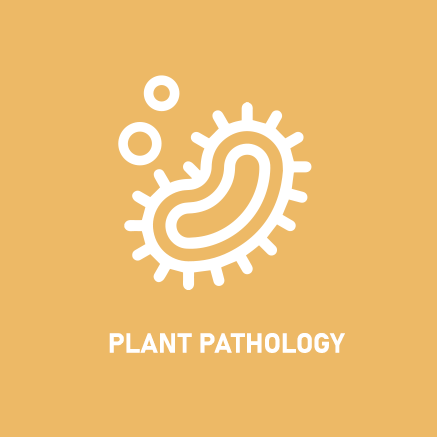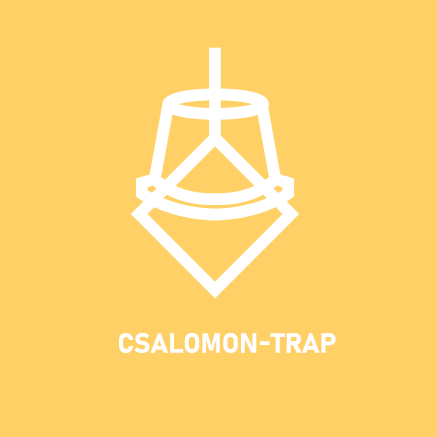Department of Chemical Ecology
DEPARTMENT OF CHEMICAL ECOLOGY

The main activities of the department have been focused on entomological problems in plant protection studied from a chemical ecological point of view. These include basic research studies on insect pests, development of potential solutions of problems raised by these insects and technology transfer activities. The most important activity fields are behavioral studies in connection with chemical and visual communication of insects, isolation and extraction of semiochemicals, elucidation of their chemical structures, evaluation of their applicability based on laboratory experiments and field studies, development of new insect trapping devices and their evaluation in the everyday plant protection practice. A technology transfer product of the department is the CSALOMON® pheromone trap family. The department manages the year-by-year production of trapping devices, continuous introduction of new tools and their quality control which are presented to the growers through the extension service of the institute.
STAFF
RESEARCH
PUBLICATIONS
Selected publication:
Domingue MJ, Imrei Z, Lelito J, Muskovits J, Janik G, Csóka Gy, Mastro V, Baker TC (2013) Trapping of European buprestid beetles in oak forests using visual and olfactory cues. Ent exp appl 148:116-129.
Vuts J, Furlan L, Bálintné-Csonka É, Woodkock CM, Caulfield JC, Mayon P, Pickett JA, Birkett MA, Tóth M (2014) Development of a female attractant for the click beetle pest Agriotes brevis. Pest Manag Sci 70:610-614.
Vuts J, Imrei Z, Birkett MA, Pickett JA, Woodcock CM, Tóth M (2014) Semiochemistry of the Scrabaeoidea. J Chem Ecol 40:190-210.
Tóth M, Jósvai J, Hári K, Pénzes B, Vuity Zs, Holb I, Szarukán I, Kecskés Zs, Dorgán-Zsuga I, Koczor S, Voigt E. (2014) Pear ester based lures for the codling moth Cydia pomonella L. – a summary of research efforts in Hungary. Acta Phytopath Entomol Hung 49:37-47.
Imrei Z, Kováts Zs, Toshova TB, Subchev M, Harmincz K, Szarukán I, Domingue MJ, Tóth M (2014) Development of a trap combining visual and chemical cues for the alfalfa longhorn beetle, Plagionotus floralis. Bull. Insect. 67:161-166.
Domingue MJ, Lakhtakia A, Pulsifer DP, Hall LP, Badding JV, Bischof JL, Martín-Palma RJ, Imrei Z, Janik G, Mastro VC, Hazen M, Baker TC (2014) Bioreplicated visual features of nanofabricated buprestid beetle decoys evoke stereotypical male mating fligh. P Natl Acad Sci USA 111: 14106-14111.
Josvai JK, Koczor S, Toth M (2016) Traps baited with pear ester and acetic acid attract both sexes of Hedya nubiferana (Lepidoptera: Tortricidae). J App Entomol 140: 81-90. doi: 10.1111/jen.12216
Koczor S, Knudsen GK, Hatleli L, Szentkirályi F, Tóth M (2015) Manipulation of oviposition and overwintering site choice of common green lacewings with synthetic lure (Neuroptera: Chrysopidae). J Appl Entomol 139:201-206.
Vuts J, Francke W, Mori K, Zarbin PHG, Hooper AM, Millar JG, Pickett JA, Tóth M, Chamberlain K, Caulfield JC, Woodcock CM, Tröger AG, Bálintné-Csonka É, Birkett MA (2015) Pheromone bouquet of the dried bean beetle, Acanthoscelides obtectus (Col.: Chrysomelidae), now complete. Eur J Org Chem 2015:4843-4846.
Koczor, S., Szentkirályi, F., Pickett, J.A., Birkett, M.A., Tóth, M. 2015. Aphid sex pheromone compounds interfere with attraction of common green lacewings to floral bait. J Chem Ecol 41:550-556.











